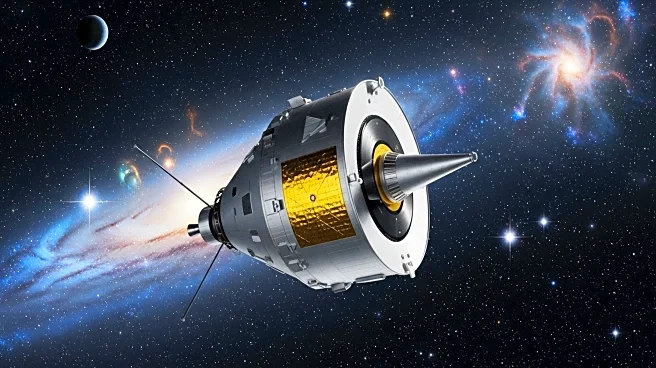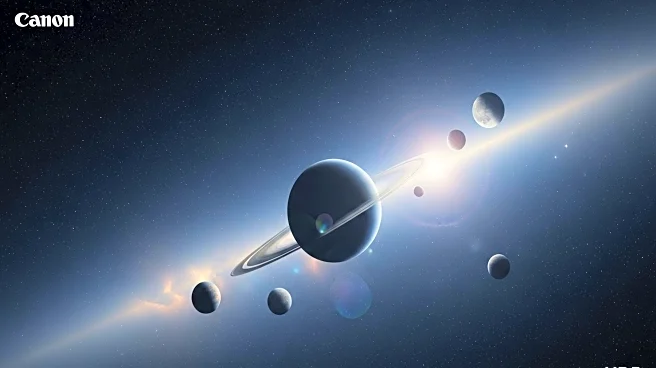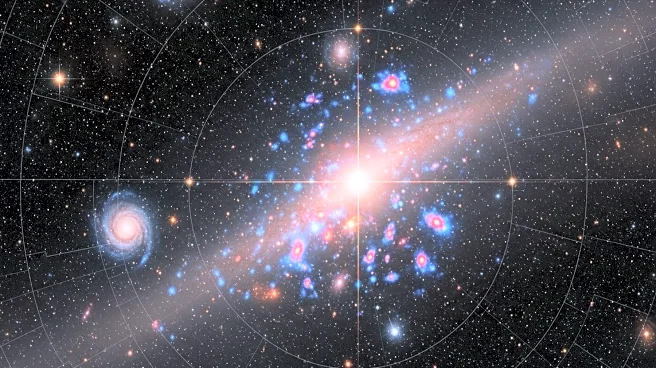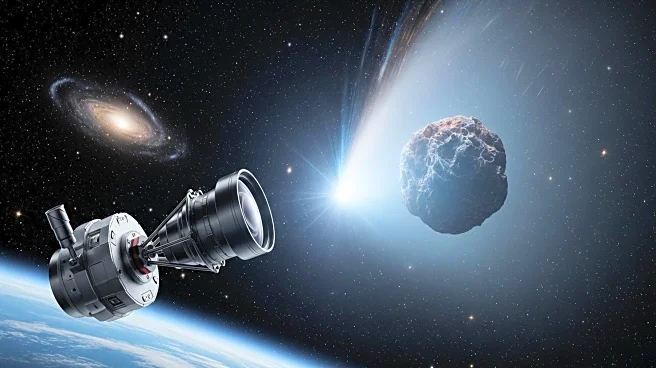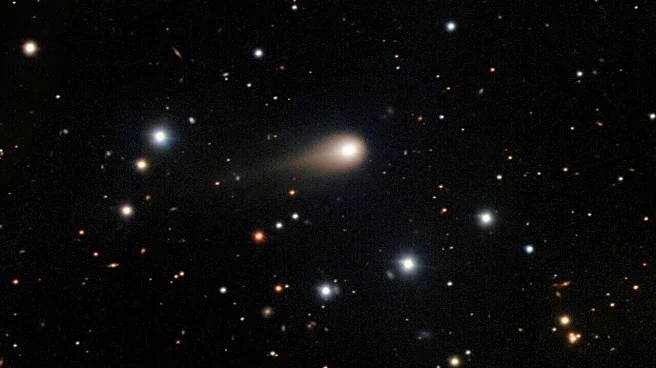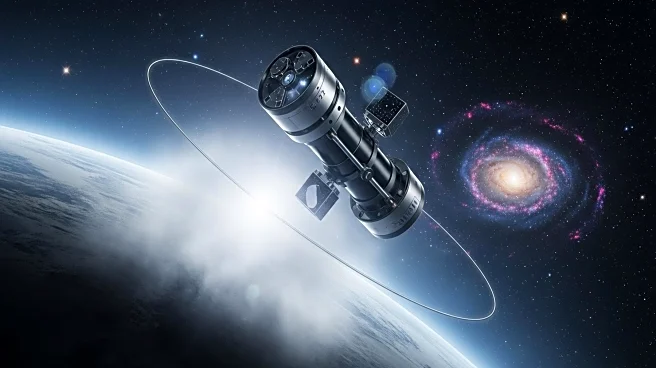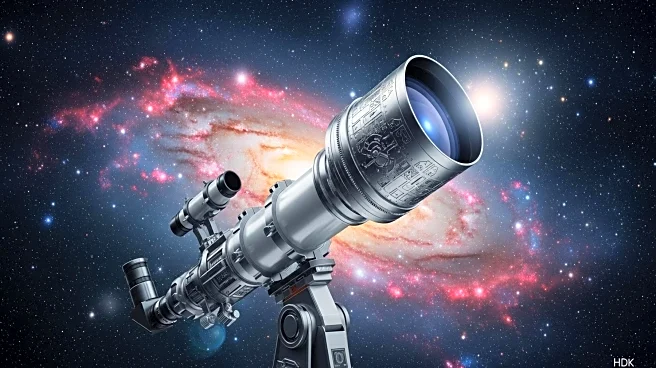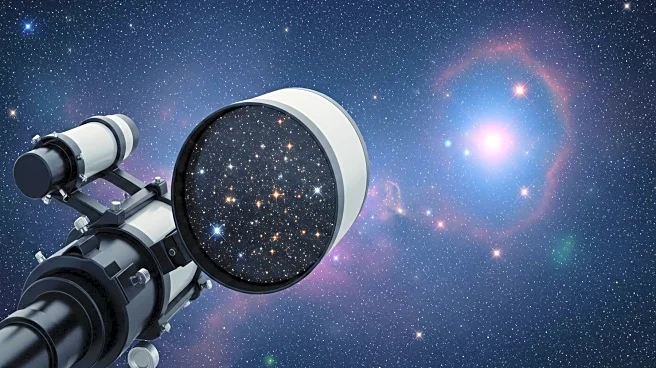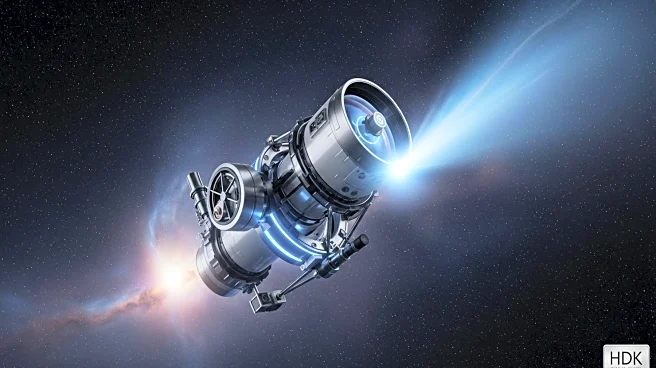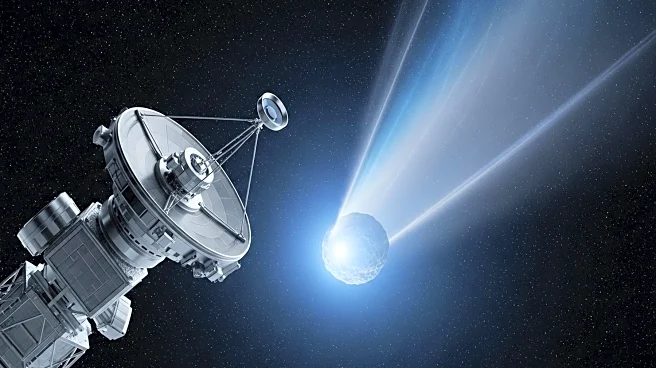What is the story about?
What's Happening?
Scientists have developed a new method for mapping the spottiness of distant stars using observations from NASA missions. This model, called StarryStarryProcess, improves astronomers' understanding of star spots, which can affect planetary atmospheres and potential habitability. The model uses data from telescopes like NASA's upcoming Pandora mission to analyze the complexity of stars, providing insights into the number, location, and brightness of star spots. This information is crucial for studying exoplanets and their atmospheres, as it helps distinguish between signals from stars and planets.
Why It's Important?
Understanding star spots is vital for accurately assessing the habitability of exoplanets. Star spots can impact the light curves used to study planets, potentially leading to misinterpretations of atmospheric conditions. By improving the accuracy of these measurements, scientists can better identify planets with conditions suitable for life. This research supports the broader goal of discovering habitable worlds beyond our solar system, contributing to the search for extraterrestrial life.
What's Next?
NASA's Pandora mission will utilize the StarryStarryProcess model to study the atmospheres of exoplanets and their host stars. This mission aims to refine the ability to differentiate between stellar and planetary signals, enhancing the accuracy of habitability assessments. Continued advancements in telescope technology and data analysis will further improve the study of exoplanets and their potential for supporting life.
AI Generated Content
Do you find this article useful?


